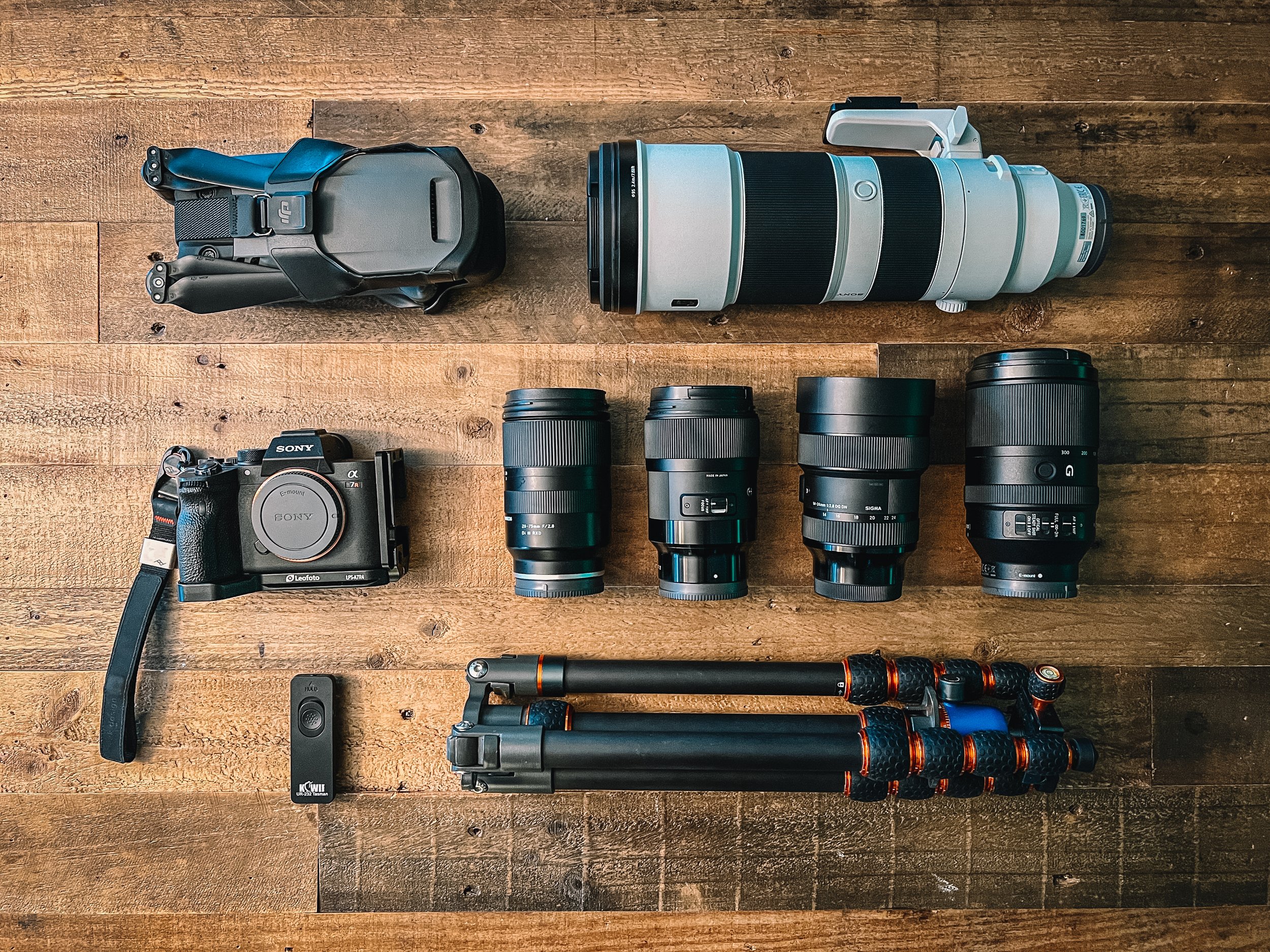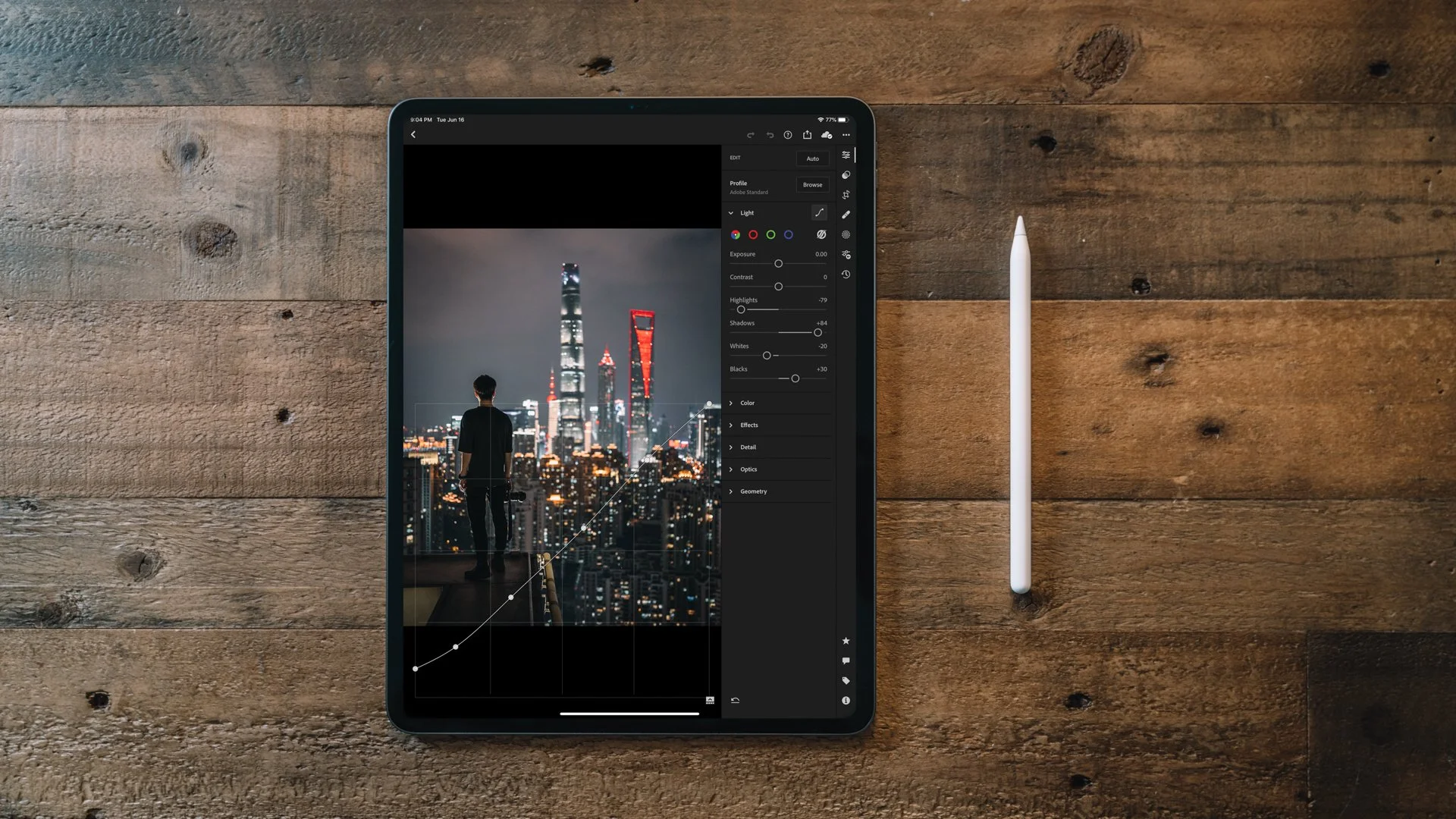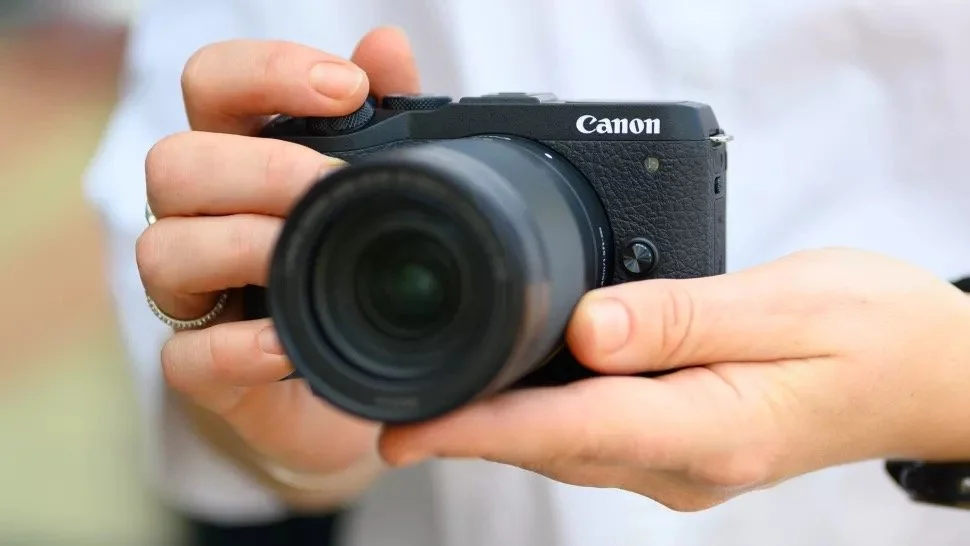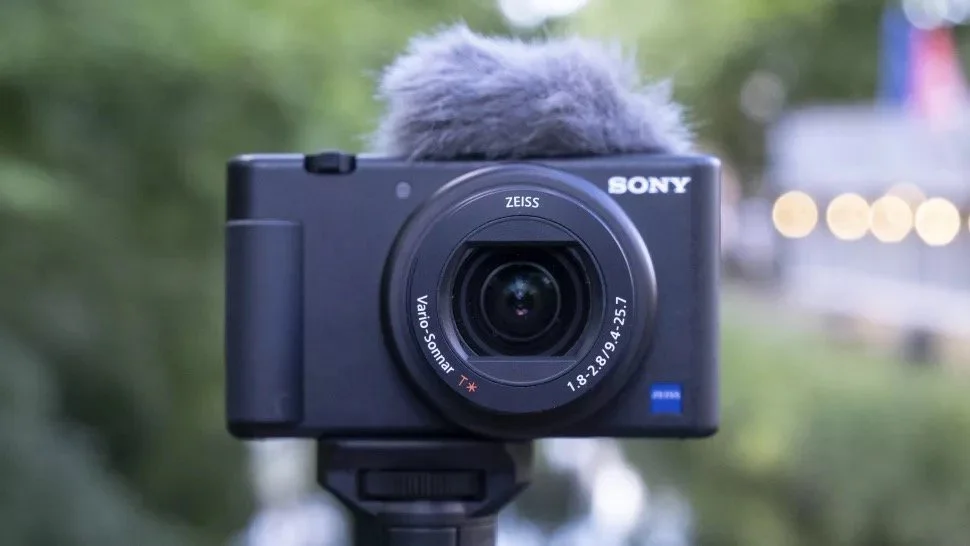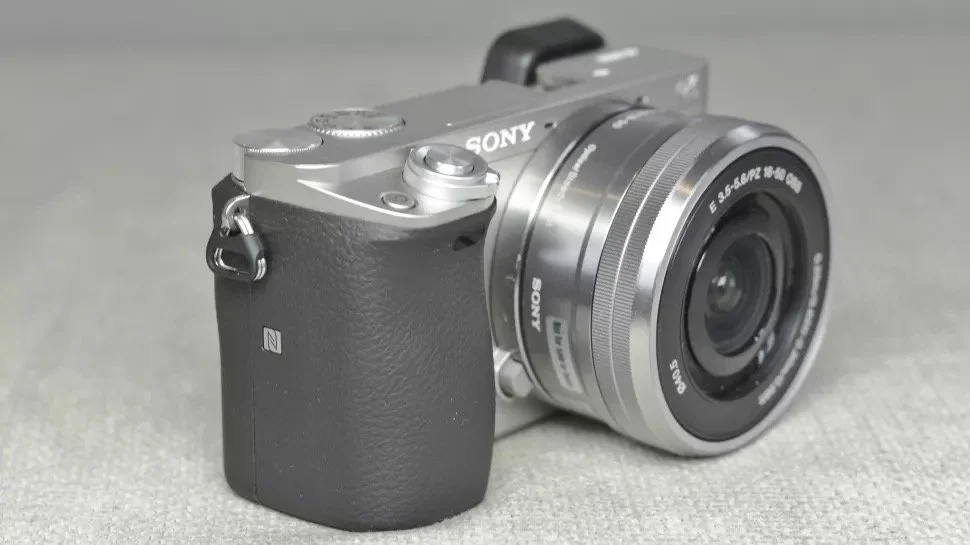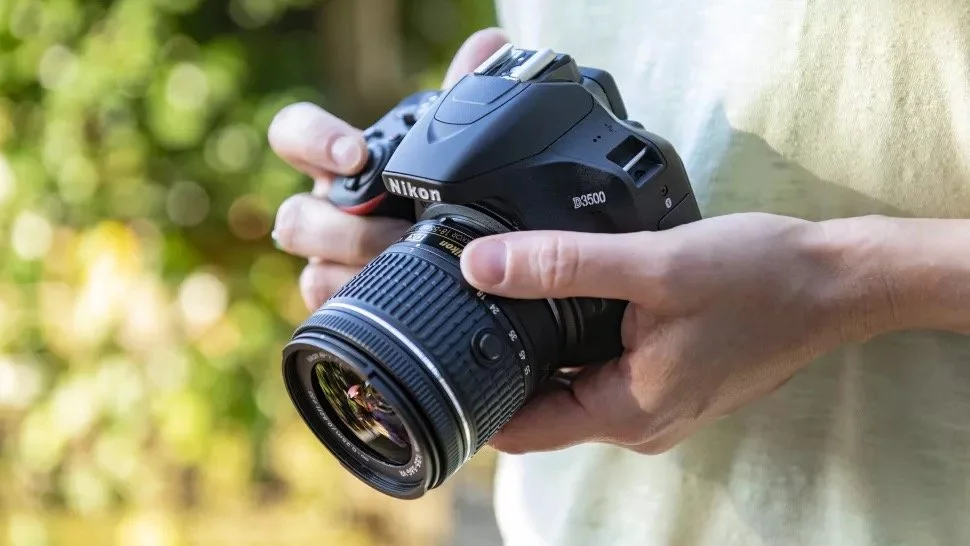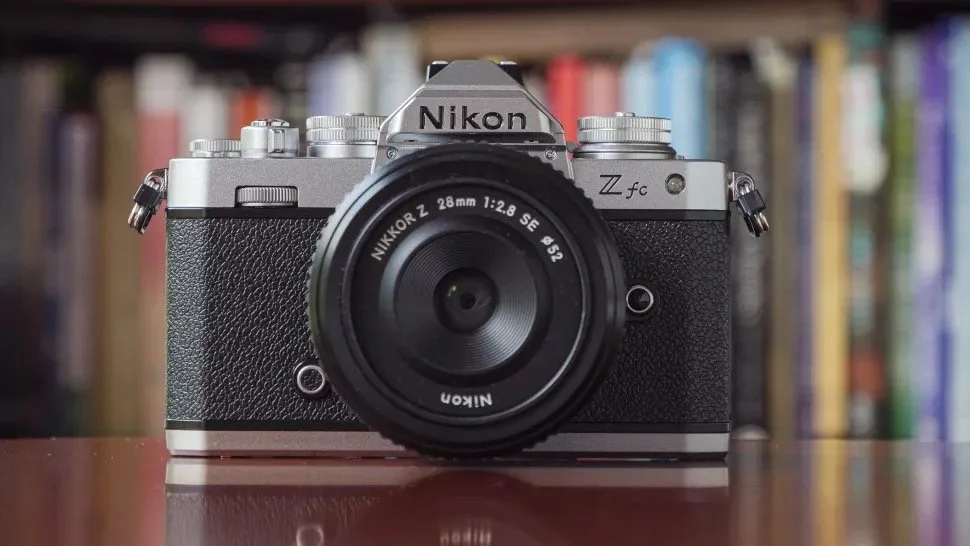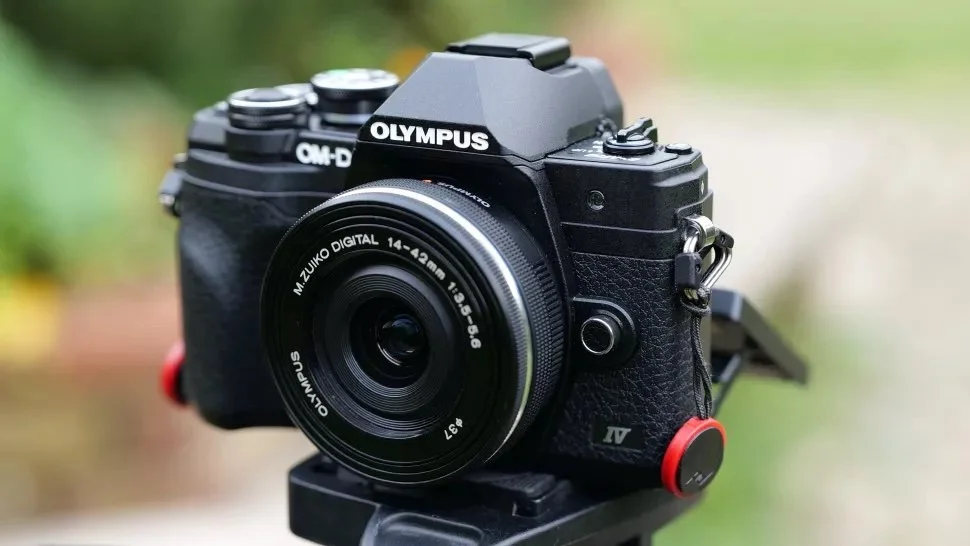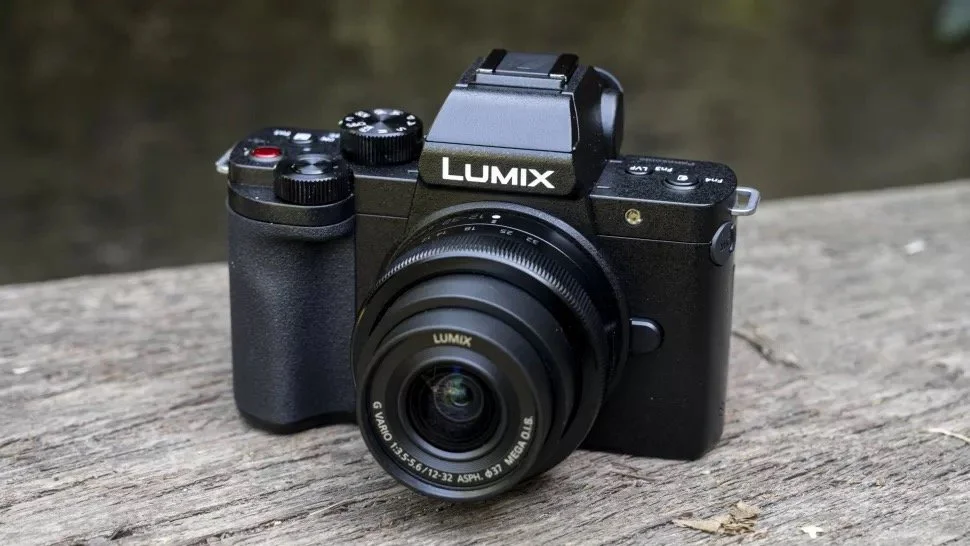My Camera gear 2023
Majority of the gear I use that probably interests you too. I’ll be updating this list frequently so make sure to check back and see what I remove/add throughout my creative journey.
Main Cameras & Drones
Lenses
BAGS & ACCESSORIES
Phones, laptop & tablets
Say Goodbye to Filters and Hello to Lightroom Presets: The Upgrade Your Photos Need
Are you tired of using the same filters over and over again and still not getting the results you want? It's time to ditch the filters and embrace the power of Lightroom presets.
Lightroom presets are the upgrade your photos have been craving. With just one click, you can transform your photos and give them a unique and professional look. And the best part? You don't have to be a editing pro to use them.
Filters can only do so much and are often limited in their customization options. Lightroom presets, on the other hand, offer endless possibilities and allow you to fine-tune your edits to get the exact look you want. And if you don't like the preset, no problem! You can always adjust it to your liking.
Another perk of Lightroom presets is consistency. No more scrolling through your portfolio and feeling like your photos were shot on different planets. With Lightroom presets, you can give all your photos a consistent look and feel, making your portfolio as visually appealing as your latest Instagram feed.
And if you're worried about your photos looking generic or unoriginal, don't be! Lightroom presets can be adjusted to fit your unique style and aesthetic. Whether you want to give your photos a vintage feel, a cinematic touch, or a modern vibe, Lightroom presets have got you covered.
In conclusion, Lightroom presets can take your photos to the next level, providing endless customization options and a consistent look for your portfolio. Whether you're a seasoned photographer or just starting out, Lightroom presets are a valuable tool to have in your editing arsenal.
If you're interested in exploring the world of Lightroom presets, there are many options available, including those handcrafted by Lightroom Ambassadors such as Tristan with over 550k followers on Instagram. By using presets, you can save time and add a professional touch to your photos.
So why not give it a try? Experiment with Lightroom presets and see the difference they can make in your editing workflow. Happy editing!
The Camera Conundrum: Choosing the Right Camera for You
Welcome to the world of photography, where the camera options are limitless and the debates never end. Whether you're a beginner or an experienced photographer, selecting the right camera can be difficult. But don't worry, I'm here to make the process easier and more enjoyable. Let's decipher the camera enigma and find the best camera for you.
First, let's talk about the elephant in the room: point-and-shoot or mirrorless? Well, let's just say it's like choosing between a scooter and a sports car. Sure, the scooter is simple and easy to use, but the sports car will give you more speed and excitement. Similarly, a point-and-shoot camera is perfect for those just starting out and want to keep things simple, while a mirrorless camera is more advanced and gives you more control.
And what about those old-fashioned DSLRs? Well, it's like trying to drive a horse and buggy in the modern world. Sure, they might have been all the rage in the past, but times have changed and mirrorless cameras have taken over. So, if you're looking for the latest and greatest in photography technology, a mirrorless camera is the way to go.
Next, let's talk about film cameras. They're like the old-school skateboard in the photography world. They're not as convenient or as popular as digital cameras, but they have a certain charm and character that you just can't find in digital. So, if you're a lover of all things vintage, a film camera might be just what you need.
So, which camera should you buy? It all depends on your requirements, budget, and personal preferences. Do you want something simple and straightforward? A point-and-shoot camera could be ideal for you. Do you desire more power and advanced features? A mirrorless camera may be the best option. Do you have a penchant for vintage items? Then a film camera might be the ideal choice.
Finally, the camera conundrum isn't about which camera is better, but about which camera is best for you. So, think about your needs, budget, and personal preferences before selecting the camera that speaks to you. Remember that the most important aspect of photography is having fun, so don't take it too seriously.
Best camera for beginners 2023: top starter cameras for photographers, filmmakers and vloggers!
Whatever type of beginner camera you're looking for, my guide includes all of the top starter cameras available, all of which I have personally tested. It includes not only the most recent releases, but also a couple slightly older selections that are outstanding value for money.
I maintain this list up to date so you can always discover the best deal for your money. If you're not sure where to begin, see my shopping advice and hints at the bottom of the page.
The best camera for beginners in 2023:
1. Fujifilm X-T200
Amazing JPEG quality with little fuss
SPECIFICATIONS
Sensor size: APS-C
Resolution: 24.2MP
Viewfinder: 2,360K dots
Monitor: 3.5-inch articulated touchscreen, 2,760K dots
Autofocus: 425-point AF
Maximum continuous shooting rate: 8fps (full resolution)
Movies: 4K at 30p
User level: Beginner/intermediate
REASONS TO BUY
+Best in class picture quality without editing
+Offers full manual controls
+Large articulating touchscreen
REASONS TO AVOID
-No dedicated headphone jack
-No in-body image stabilization
WHERE TO BUY
2. Canon EOS M6 Mark II
A portable, accessible powerhouse
SPECIFICATIONS
Sensor size: APS-C
Resolution: 32.5MP
Viewfinder: N/A
Monitor: 3-inch tilting touchscreen, 1,037K dots
Autofocus: 143-point Phase Detection AF areas
Maximum continuous shooting rate: 14fps
Movies: 4K at 30p
User level: Beginner
REASONS TO BUY
+Perfect proportions for travel
+High-resolution sensor
REASONS TO AVOID
-No built-in viewfinder
-Limited native lens range
WHERE TO BUY
3. Sony ZV-1
The best beginner vlogging camera
SPECIFICATIONS
Sensor size: One inch
Resolution: 16.1MP
Viewfinder: N/A
Monitor: 3.0-inch articulating touchscreen, 1,040K dots
Autofocus: 121-point AF, 1 cross-type
Maximum continuous shooting rate: 8.6fps
Movies: 4K/30p
User level: Beginner
REASONS TO BUY
+Class-leading autofocus
+Bright lens for silky background blur
+Pocketable with a flip-out screen
REASONS TO AVOID
-Video stabilization could be better
-Limited touchscreen
-No headphone jack
WHERE TO BUY
4. Sony A6000
An oldie, but still such a goodie
SPECIFICATIONS
Sensor size: APS-C
Resolution: 24.3MP
Viewfinder: 1,440K dots
Monitor: 3.0-inch articulated touchscreen, 921K dots
Autofocus: 179-point AF
Maximum continuous shooting rate: 11fps (full resolution)
Movies: Full HD 1080p
User level: Beginner/intermediate
REASONS TO BUY
+Highly compact for an APS-C camera
+Manual controls
+11fps burst mode shooting
REASONS TO AVOID
-No touchscreen
-Battery life not the best
-Only Full HD 1080p video
WHERE TO BUY
5. Nikon D3500
Heart set on a DSLR? This is the best beginner model around
SPECIFICATIONS
Sensor size: APS-C
Resolution: 24.2MP
Viewfinder: Optical
Monitor: 3.0-inch fixed, 921K dots
Autofocus: 11-point AF, 1 cross-type
Maximum continuous shooting rate: 5fps
Movies: 1080p
User level: Beginner
REASONS TO BUY
+Good quality 24MP sensor
+Excellent value for money
+Impressive 1,550-shot battery life
REASONS TO AVOID
-Basic external controls
-Fixed screen without touch functions
-Only 1080p Full HD Video
WHERE TO BUY
6. Nikon Z fc
A stunning ‘casual’ camera with useful control dials
SPECIFICATIONS
Sensor size: APS-C
Resolution: 20.9MP
Viewfinder: EVF, 2,360K dots
Monitor: 3.0-inch vari-angle touchscreen, 1,040K dots
Autofocus: 209-point AF
Maximum continuous shooting rate: 11fps
Movies: 4K at 30p
User level: Enthusiast
REASONS TO BUY
+Stunning retro design
+Vari-angle touchscreen
REASONS TO AVOID
-Lack of native lenses
-No UHS-II card support
WHERE TO BUY
7. Olympus OM-D E-M10 Mark IV
A small but powerful starter stills camera
SPECIFICATIONS
Sensor size: Micro Four Thirds
Resolution: 20.3MP
Viewfinder: 2,360K dots
Monitor: 3-inch tilting touchscreen, 1,037K dots
Autofocus: 121-point Contrast Detection AF
Maximum continuous shooting rate: 15fps
Movies: 4K at 30p
User level: Beginner
REASONS TO BUY
+Capable sensor
+Compact body
+Impressive image stabilization
REASONS TO AVOID
-No microphone input
-No USB-C port
WHERE TO BUY
8. Panasonic Lumix G100
A compact and highly versatile little gem
SPECIFICATIONS
Sensor size: Micro Four Thirds
Resolution: 20.3MP
Viewfinder: 3,680K dots
Monitor: 3.0-inch articulated touchscreen, 1,840K dots
Autofocus: 49-point AF
Maximum continuous shooting rate: 6fps (full resolution) 30fps (4K Photo mode)
Movies: 4K at 30p
User level: Beginner/intermediate
REASONS TO BUY
+Compact, travel-friendly design
+Great value for money
+Useful optional tripod grip
REASONS TO AVOID
-No dedicated headphone jack
-Autofocus could be faster
WHERE TO BUY
How do you pick the finest beginner camera?
Need a little more direction on where to begin? When purchasing a novice camera, keep the following in mind:
1) Resolution
Resolution, sometimes known as "megapixels" or "MP," refers to the largest image size that a camera can capture. The greater the number, the more detailed the image. As a result, many camera manufacturers tout megapixels to entice customers, yet resolution isn't everything. At A3 paper size, 12MP is more than enough to make a high-quality print.
2) Design and build
The best camera is the one you have with you, as the saying goes, so there's no point in buying one you won't want to take out and use frequently. Perhaps you'd prefer a camera with more physical controls. A tiny camera with a touchscreen, on the other hand, can make you feel more at ease.
3) Sensor size
Sensors aren't all made equal. In contrast to megapixel numbers, the larger the sensor, the higher the image quality — in general. Smaller sensors aren't as excellent at gathering light, therefore photographs recorded in low light will have more noise (image grain). Sensors with more pixels provide more appealing tones and depth.
4) Connectivity
Every one of the finest beginner cameras has a way to link to your smartphone or social media apps. All of the cameras on this list include Wi-Fi, Bluetooth, or NFC capabilities, or a combination of the three.
5) Lenses
A good lens is essential for shooting high-quality photographs. The best beginner cameras all include a kit or fixed lens with a standard focal length (zoom range). Kit lenses are included with interchangeable lens cameras and can be swapped out to fit your needs. People who don't want to carry multiple lenses will appreciate fixed lens cameras.
What is the most beginner-friendly camera?
As you can see from the list above, there is no one-size-fits-all solution for determining which camera is best for beginners. Much will depend on your previous experience with technology as well as how you choose to shoot. For example, some learners prefer the security of physical buttons, but smartphone users may prefer a camera with a touchscreen interface. Fortunately, both methods are widely available, and the best starter cameras, like as the Fujifilm X-T200, tend to provide a combination of control systems.
DSLR cameras are frequently simple to use and adjust to for novices. Because they are larger than most compact and mirrorless versions, there is more room for buttons on the body to be spread out (and to label them for ease of understanding). Plus, DSLR cameras typically have broad, contoured handles for easier handling, which is vital if you plan on doing a lot of practice. Consider the Nikon D3500, for example.
A smaller camera may also be easier to learn how to use for certain beginners. Even if you're just getting started with photography, there's a high chance you've used a point-and-shoot compact camera at some point in your life. If that's the case, a high-end compact like the Sony ZV-1 may deliver a similar experience. You can concentrate on other parts of your photography, such as framing, because there are no replaceable lenses to worry about.

